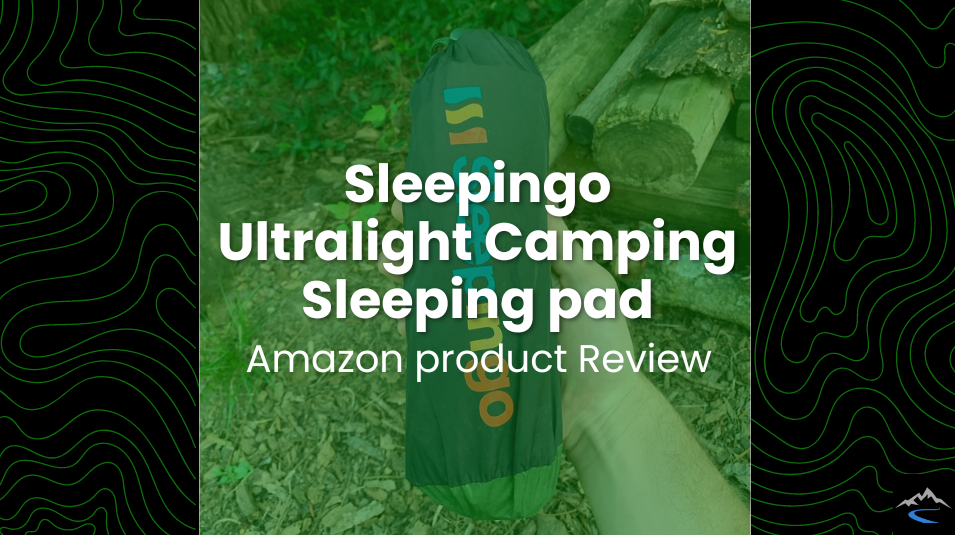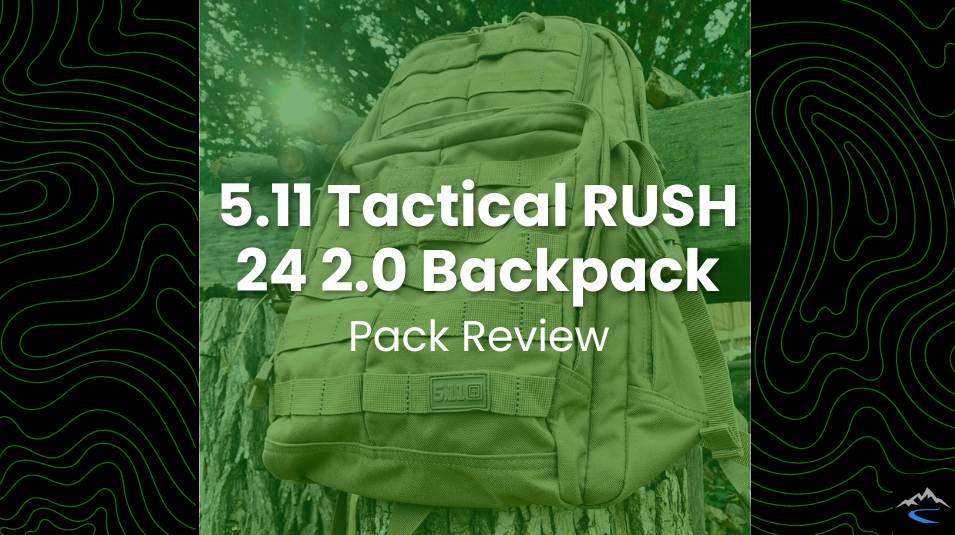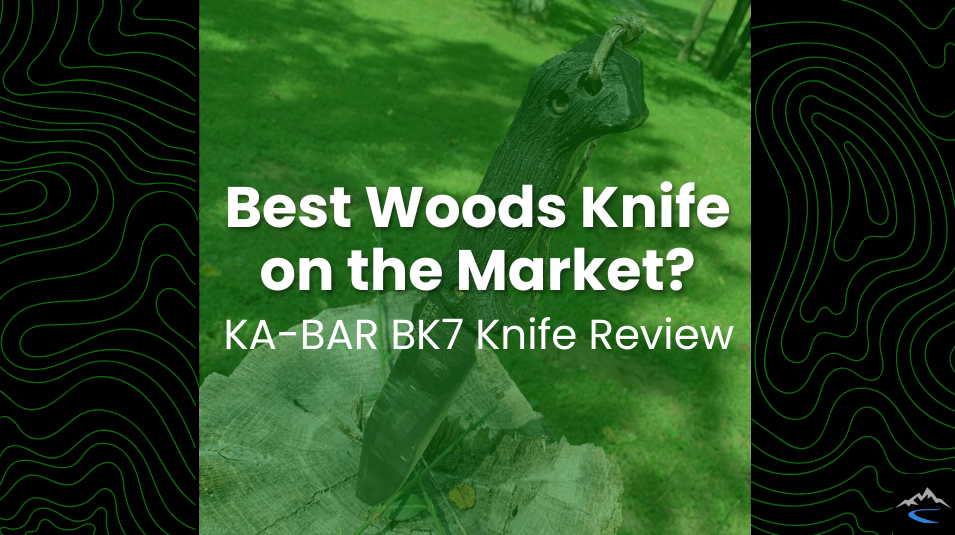In This Article
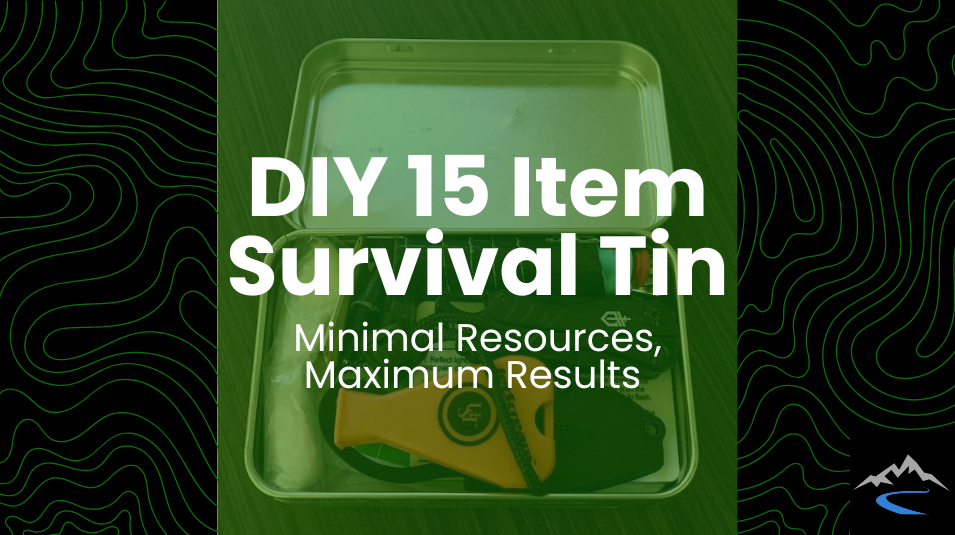
In This Article
DIY 15 Item Survival Tin
When an emergency situation occurs, it’s unlikely you’re going to have everything you need to comfortably get yourself or others to safety. We can’t carry a duffel bag full of gear with us everywhere we go. Somewhere along the line you’re going to have to cut some corners and decide what pieces of gear are the most important if you were to get in a sticky situation. I thought this to be true until I discovered the survival tin.
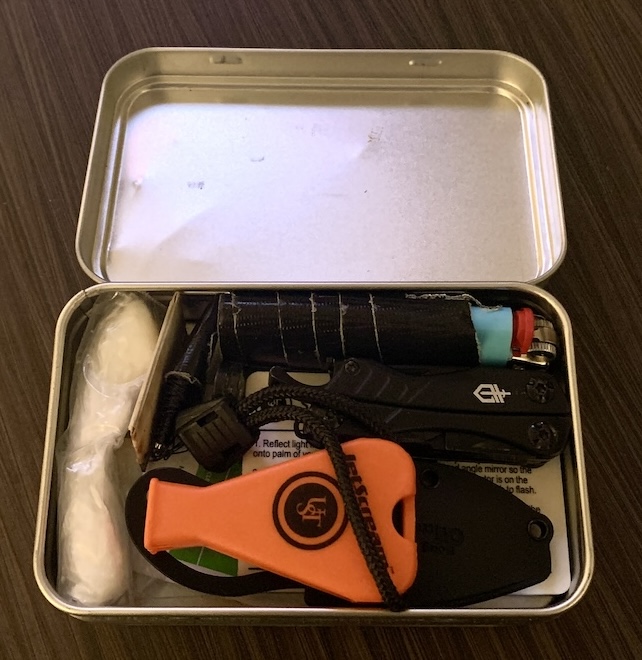
Am I the only one that buys altoids but not for minty breath? Altoid tins provide a great, pocket sized metal tin that allows us to stuff as much micro-sized survival gear into them as possible. My primary survival tin that I will be talking about in this post is actually not a true altoid tin.
As someone that tosses this in my day bag as opposed to my pocket, I decided I could upgrade to a slightly larger tin and carry a few more items. The tin I use I actually found, but I believe it’s from a Duluth Trading Co folder pocket knife. If you bought a Duluth Trading pocket knife they would come in these tins.
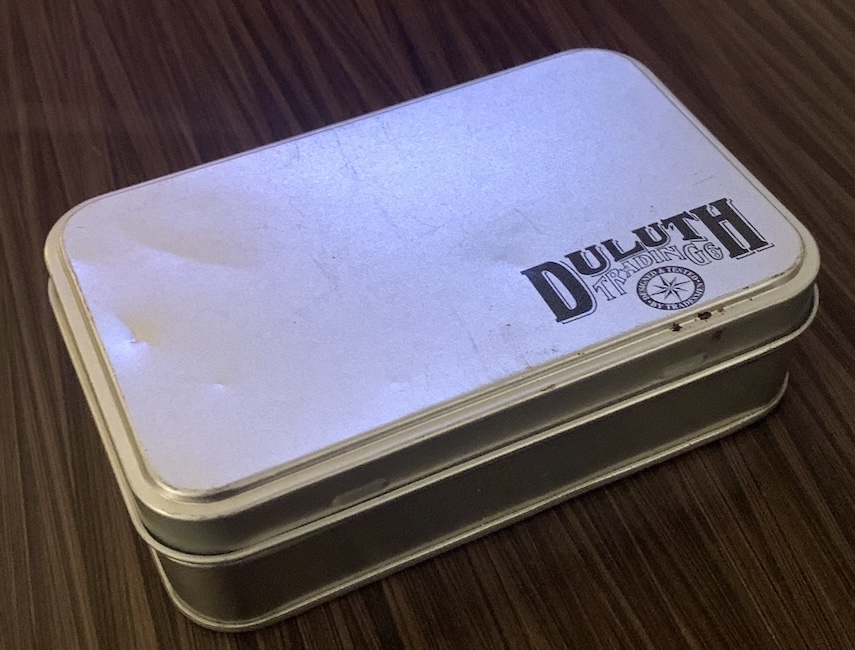

Altoid Tin Dimensions: 2.36” by 3.75”
Duluth Trading Tin Dimensions: 3” by 4.75”
As you can see, the tin I use is slightly large and is why I am able to stuff these 15 items in the tin. So let’s get into what 16 items I have in my tin and why I chose these items.
1. Gerber Dime Multi-Tool
This was the tool I was most excited about including. The Gerber Dime is a micro-multi tool that is very inexpensive and has a solid set of tools on it. How Gerber fit 10 different tools into something that weighs 2.2 ounces is beyond me. With spring-loaded pliers, Scissors, a couple different blades, screw-driving ability, and more, it does everything you need a multitool to do in a small package.
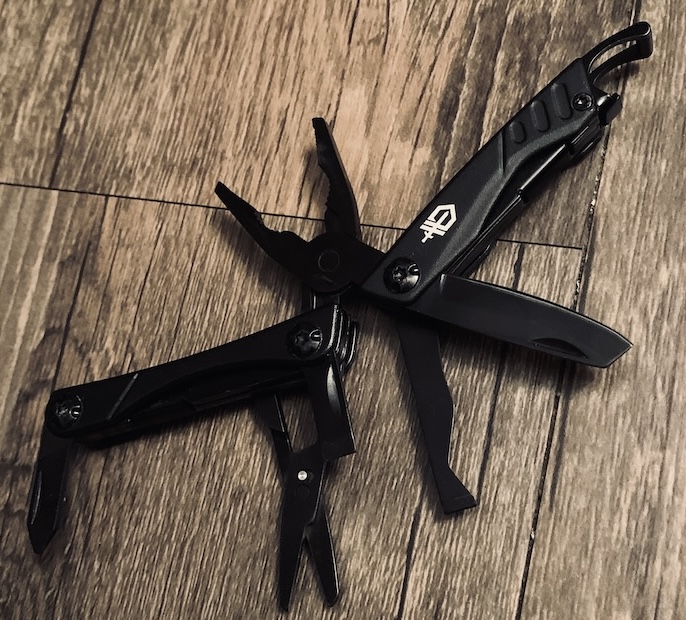
2. Fixed Blade
This was the main reason I wanted to use the larger tin. The idea of having a multi-tool and a fixed-blade knife inside a survival tin got me really excited but wasn’t achievable in the smaller, altoids size. Doug Ritter’s MK5 is about as small of a fixed blade as you’ll find.
As he says though “the best knife is the one you have with you”. With the blade measuring under 2 inches, this knife is tiny but provides me with a lot of opportunities that a folder wouldn’t offer. For those familiar with the Esee Candiru, there is a size comparison below.
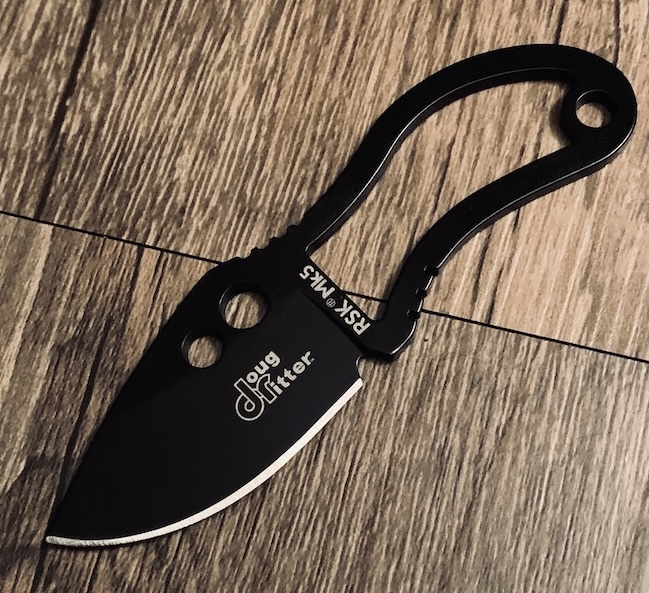
3. Whistle
This is a no brainer, if you’re in a situation where you need rescuing, a whistle is a great tool and one that you’ll wish you had. The Jetscream is a great compact option but there are plenty of very inexpensive options on the market. The orange coloring could also come in handy as a marker or some other kind of locating device.
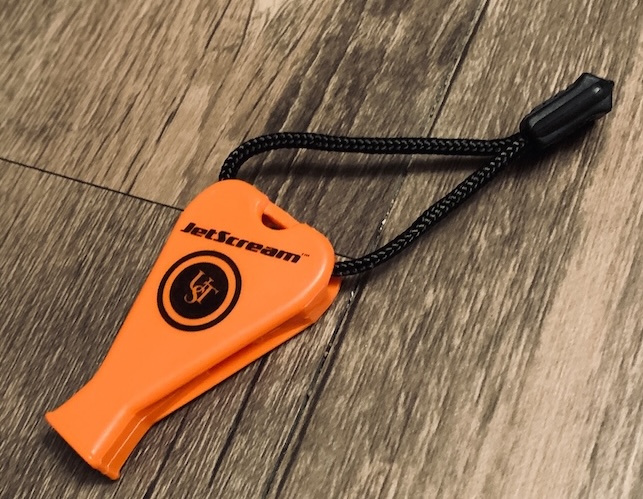
4. Lighter
Should I have a better fire starting tool in here? Sure. But being able to fit a full size Bic lighter in a survival tin was another thing I was very excited about. Fire making tools are critical and arguably the most important thing to include besides maybe a blade in your survival tin. As you can see I wrap my lighter in Gorilla tape because it allows me to carry tape and takes up little to no space.
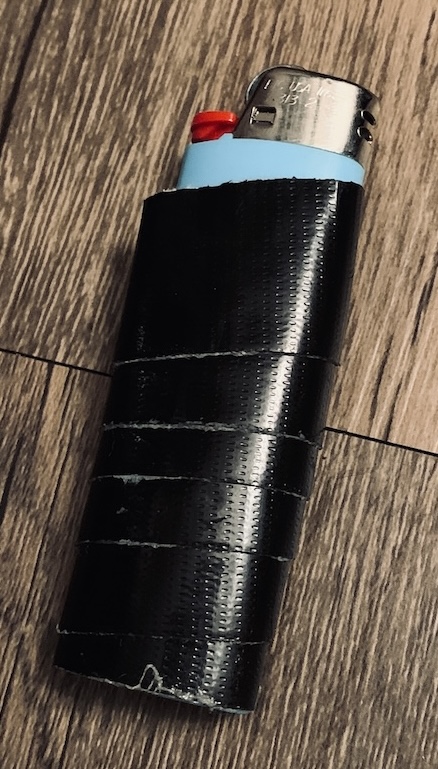
5. Vaseline Cotton Balls
Sticking with the fire-making tools, I carry two Vaseline cotton balls in a small baggie in my tin. Vaseline cotton balls have proven time and time again to be a great way choice for starting a fire. They are easy to make, cheap, and most importantly in this case, compact.
Lighting one of these suckers will create a lasting flame that will allow you to build a fire and keep you warm all night. Not to mention, a small baggie could come in handy too. Another great part about the Vaseline cotton balls is that not only do I carry a bag full of them in my fire pouch when I’m in the woods, but I also carry them separately in my medical kit in case I need to make more while out in the bush.
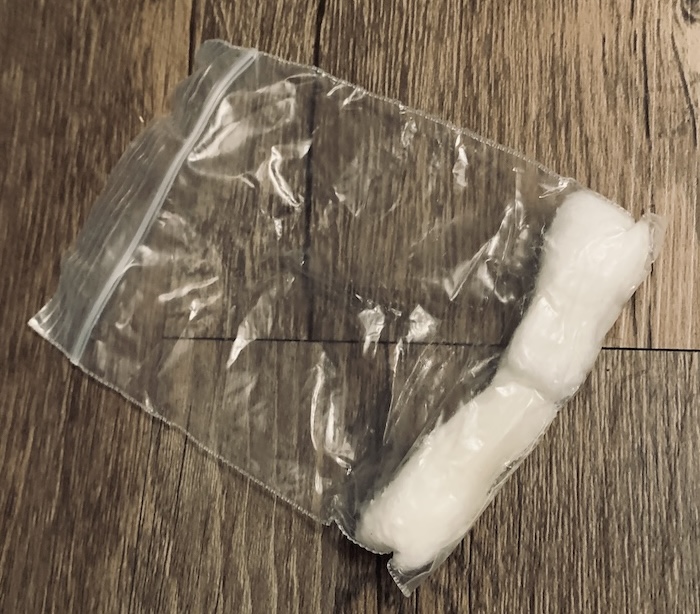
6. Signaling Mirror
This multi-purpose tool can be used for rescue and fire-starting purposes. Ultimate Survival Technologies makes a few different sizes and this one easily fits inside the tin I use and a smaller, altoid-sized tin. Starflash signals can be seen for miles even in hazy weather.
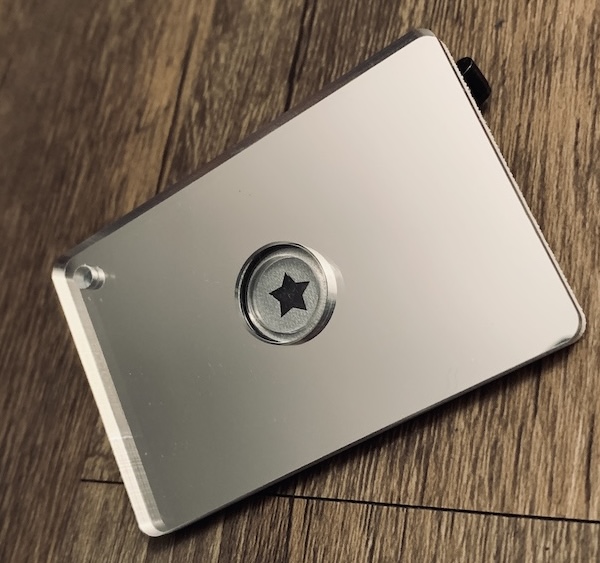
7. Button Compass
Navigation is one of the most important skills for survival. This button compass takes up little to no room in the survival tin and can be the difference between getting lost for weeks or finding safety in hours. The one pictured is a cheap one but investing in a good, reliable compass is a good idea. The Suunto Clipper is a good, reliable option.
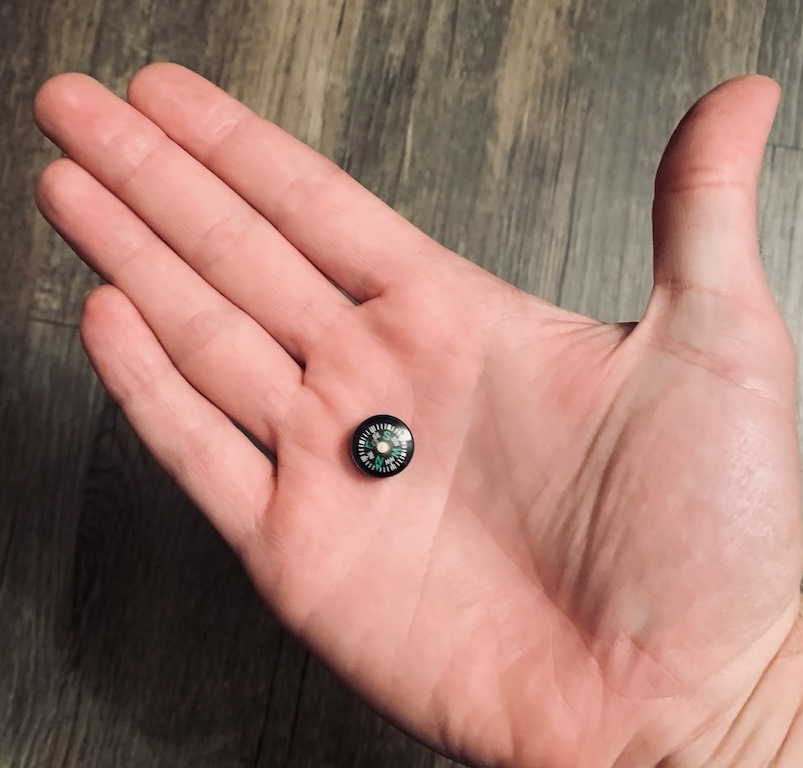
8. Thread
While we can’t fit an entire bundle of paracord in our tin, we can fit a good amount of thread. This can be used for repairing clothes, for shelter, trapping, fishing, and all kinds of other things that you may need. You never know when you’ll need cordage, but when you need it, you’ll be pissed if you don’t have it.
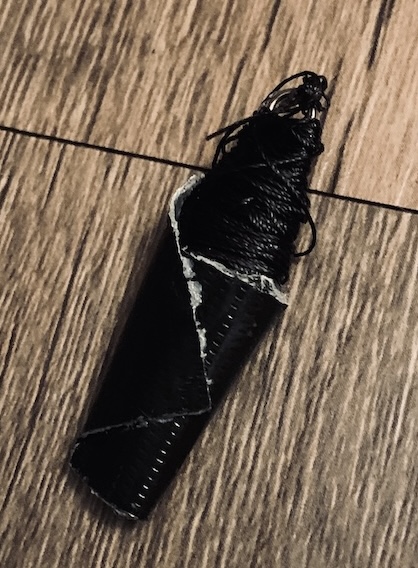
9. Alcohol Prep Pad
Alcohol Prep pads can be used for cleaning wounds, cleaning your hands and all kinds of other sterilizing purposes.

10. Cash
Cash is always good to have on hand. Not all of your survival situations will have you ending up in the middle of the wilderness. Maybe you’re stranded without your wallet and need gas or food. Cash should always be a part of your survival tin.

11. Aluminum Foil
Aluminum foil can be used for many different things and can be folded down to a very small size. You could utilize this as a backup signaling mirror, fire starter, dish to cook in or collect water in, and anything else you can think of.
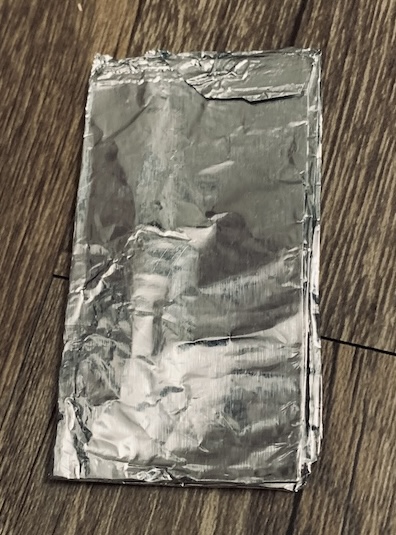
12. Band-Aid
A simple band-aid. Can’t go wrong. Covering a bad scratch can be the difference between an infection and survival.
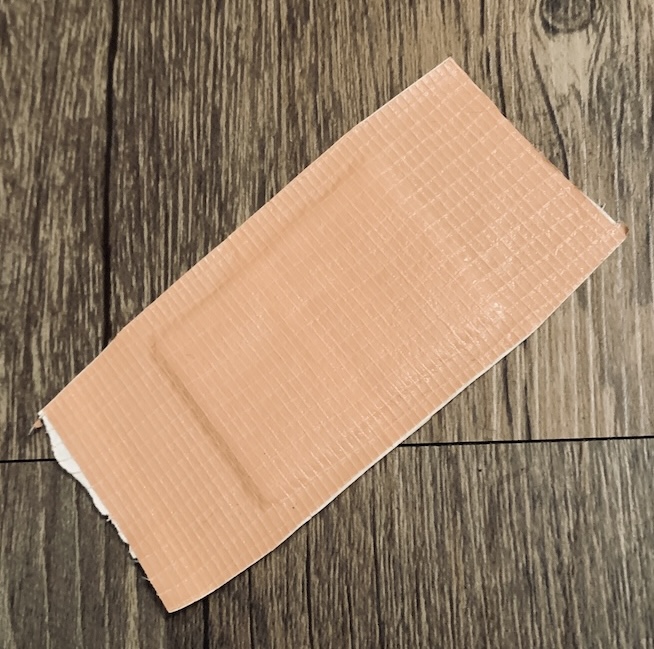
13. Razor Blades
Razor blades are another very small and versatile survival tool to have on hand. Anything that cuts is always good to have.
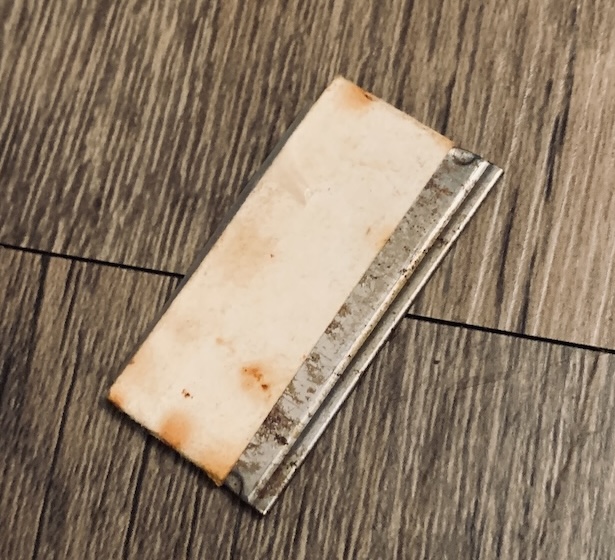
14. Needle
I have found that needles are one of those things that you don’t think you need until you actually need it. Punching through things, repairing rips and tears, medical purposes, needles are incredibly versatile.
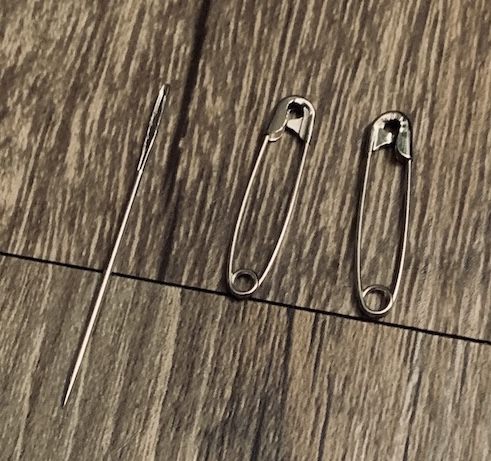
15. Safety Pins
Just like needles, You never know when you’re going to need safety pins. You can use them for securing things together, to poke holes, and for tons of other things.
While this kit is by no means perfect, it works for me. There are plenty of tools that I could add and plenty of items I could remove but right now this is how I’m running it. What would you change about my kit and what items do you carry in your survival tin
